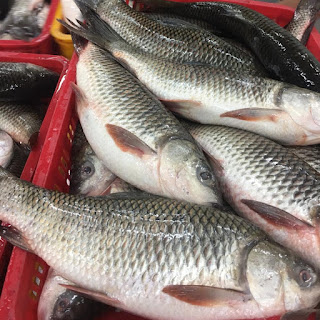Diabetes-
Diabetes is a chronic disease characterized by high levels of glucose in the blood due to insufficient insulin production or ineffective use of insulin by the body. There are two main types of diabetes, Type 1 and Type 2. Type 1 diabetes is an autoimmune disease in which the body destroys the insulin-producing cells in the pancreas, and Type 2 diabetes is caused by a combination of genetic and lifestyle factors. Symptoms of diabetes include frequent urination, excessive thirst, unexplained weight loss, fatigue, blurred vision, and slow healing wounds. The disease can lead to serious health complications such as heart disease, stroke, nerve damage, blindness, and amputations. Treatment options include diet, exercise, medication, and insulin therapy.
5 tips:-
Control Your Blood Sugar: Regular monitoring of blood sugar levels and adjusting medications or diet can help you maintain good blood sugar control.
Adopt a Healthy Eating Plan: Eating a balanced diet, including plenty of fruits, vegetables, whole grains, and lean protein, can help you manage your diabetes and prevent complications.
Be Physically Active: Physical activity can improve insulin sensitivity, help control weight, and lower your risk of heart disease and other complications.
Stop Smoking: Smoking increases your risk of heart disease, stroke, and other complications associated with diabetes. Quitting smoking is one of the best things you can do to protect your health.
Seek Regular Medical Care: Regular medical check-ups, including eye and foot exams, can help you prevent and manage diabetes-related complications. Don't ignore signs of potential problems and work closely with your doctor to manage your diabetes effectively.






